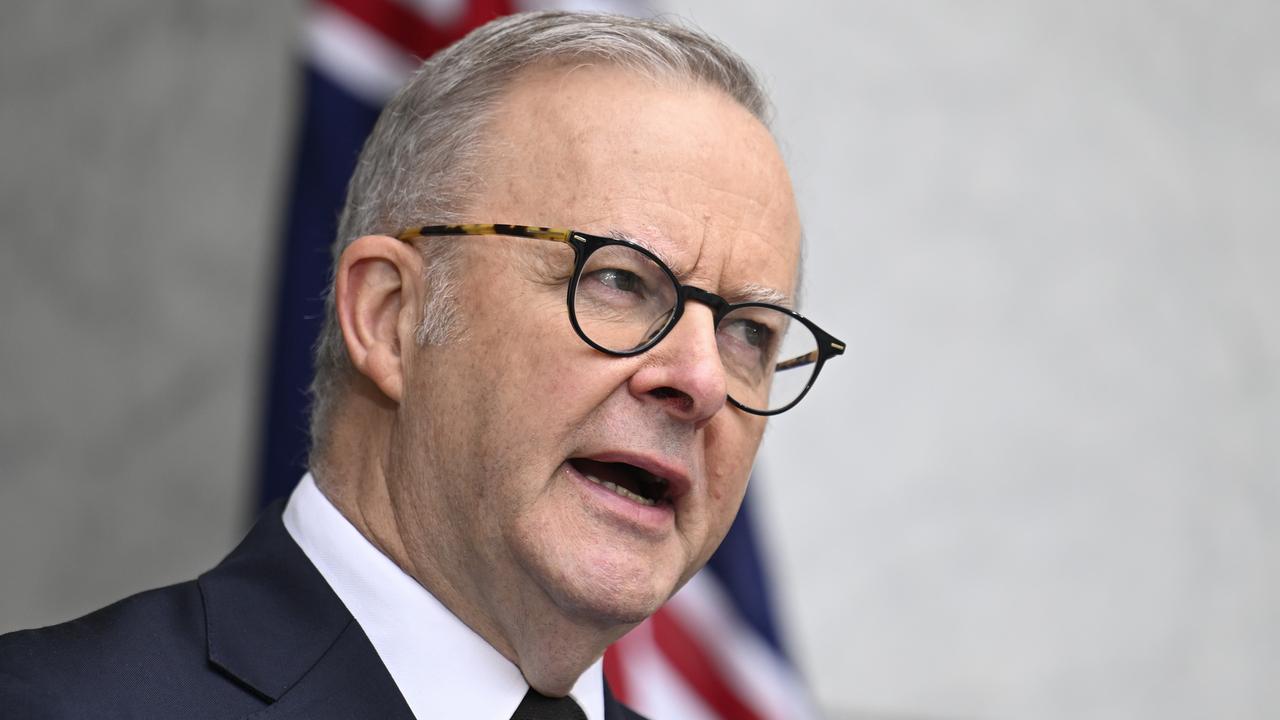Vikki Campion: We need to consider all consequences of net zero plan
A plan to feed cattle seaweed to save the planet shows why we can’t focus solely on net zero outcomes without considering the consequences, writes Vikki Campion.
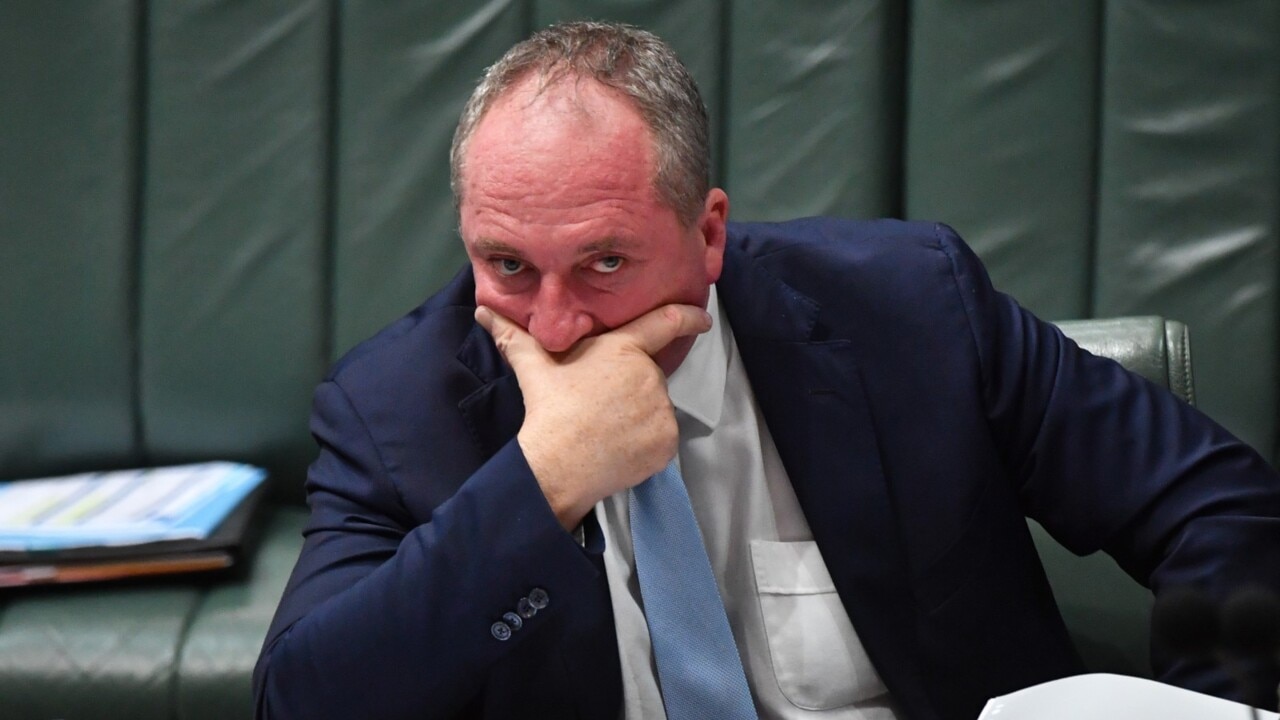
Opinion
Don't miss out on the headlines from Opinion. Followed categories will be added to My News.
Animal rights activists should be furious at the suggestion that cows should be force-fed fish food. Yet they have been deathly quiet on the government’s plan to reduce methane emissions, including putting $270 million towards a new Marine Bioproducts CRC to feed cattle seaweed to stop them farting — based on the premise that the natural process is unhealthy.
Ruminants have been eating grass for millennia, producing methane absorbed by growing grasses for cattle and sheep to eat again, but now we will pillage the ocean of kelp to feed 1.6 billion cows.
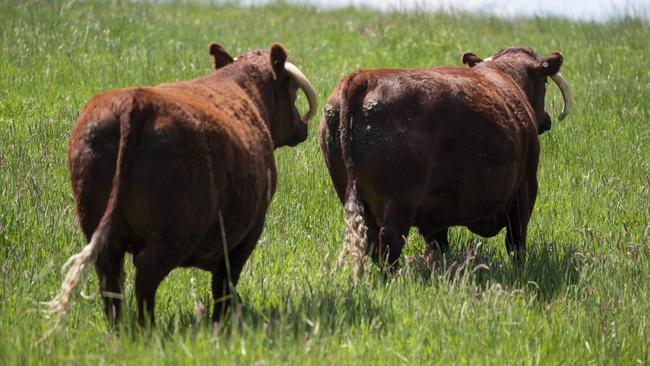
Won’t someone think of the dugongs? For every academic pushing the feed-cattle-seaweed line is a farmer confused about how you get a paddock of pregnant heifers to ignore fresh grass and eat a capsule of kelp. A seaweed feed study published by the Netherlands’ Wageningen University in March had to be cancelled after 21 days because dairy cows refused to eat seaweed — with one cow euthanised on day 13, “due to abomasal displacement, probably related to low feed intake and low rumen activity”.
The reality of grazing cattle is they roam and eat what they want. That’s how we convert tough grass, which people can’t eat, to protein, which we can — on land often unsuitable for cropping. Only a beast jammed in a feedlot would be desperate enough to eat seaweed.
It’s time to stop focusing solely on the net-zero outcome and start considering the potential consequences.
Take Port Macquarie, where the council, to meet emissions reduction targets, set seacliffs and coastal headlands, home to an ecologically endangered community of Themeda grassland, to “native veg offsets” under its biodiversity strategy.
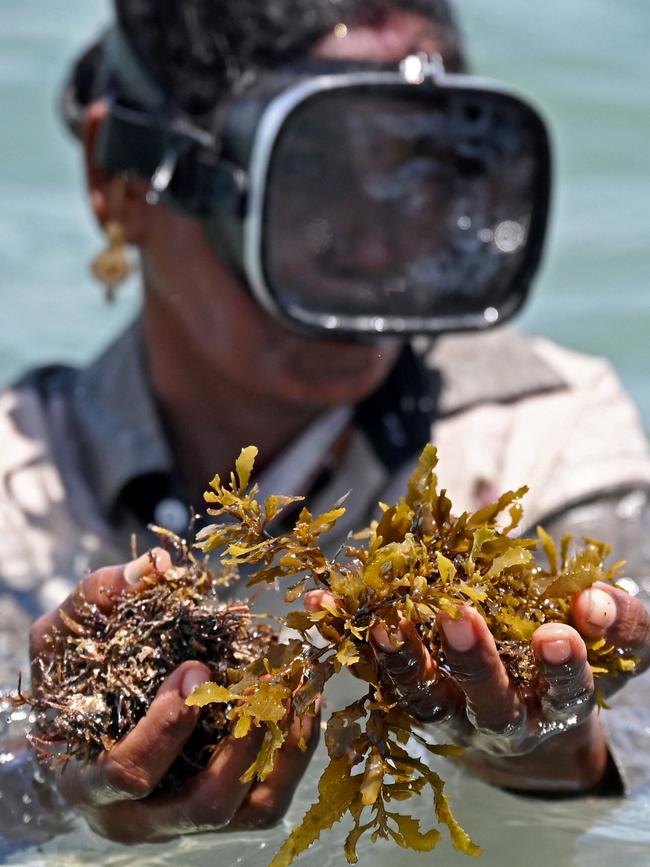
Four years on, banksias and wattles, while native, are shading out the endangered community of “grasses, shrubs unique micro-organisms, fungi, lichens, mosses and ferns”.
Now we have a bizarre situation where environmental offsets are destroying an endangered ecosystem and creating a massive fire hazard.
When Australia signed the Kyoto Protocol at COP 3 in 1997, the states introduced native vegetation laws to “lock” in trees. We still draw on this locked land to meet international treaty targets.
Improved pasture of perennial grasses absorb more C02 than slowly growing eucalypt forest, but farmers cannot cut down their trees to plant grasses under state-imposed zoning.
In some areas of NSW you can cut a tree but must leave the stump, so you still can’t plant produce crops — and the penalty goes all the way to jail time.
The unintended consequences of a net zero policy might be easy to ignore from an inner-city electorate but will be much more evident in the country.
House prices in regional areas are at record highs because people trying to subdivide paddocks cannot get them built if site inspections find a threatened grass.
Those proposals are knocked back under state planning systems, but a $1 billion wind farm which will damage the habitat of endangered greater gliders, koalas and tiger quolls can get ministerial approval.
Rare birds of prey, those most affected by wind turbines, need a hunting range of up to 100 square kilometres which makes finding a place for a wind farm that won’t threaten them virtually impossible.
Like net zero, the premise you can pollute if you buy emissions credit elsewhere, wind farms get death credits — a conditional approval as long as they compensate blade deaths of rare raptors and parrots by saving other birds somewhere else.
The Bango Wind Farm was approved even though it was a risk to endangered parrots, as long as the company contributes $100,000 over five years to prepare and implement a Superb Parrot Conservation Research Plan.
We are pinning our economic future on hydrogen, produced by the electrolysis of water, a commodity we nearly run out of all the time.
For a country that has just emerged from its worst drought on record, it has a short memory to suck into a heavily water-based industry like hydrogen, which is more water-intensive than coal.
To build green hydrogen, we need dams. Yet we have built no new dams recently – the last one was in Canberra.
And some of the same proponents who believe deaths of endangered raptors and parrots justify wind farms, will be protesting new dams being built because of rare frog habitat.
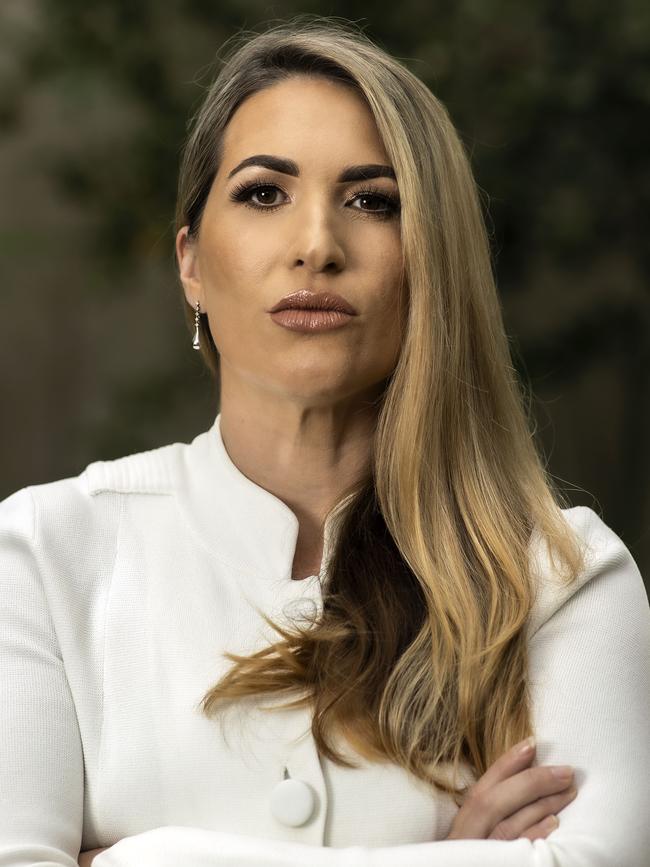
Extreme environmentalists are in constant conflict with themselves. In Parliament this week we were told we should stop mining and rely on renewables, and not ever nuclear.
But the reality is, if you ban mining to appease green interests, than we don’t have the lithium, manganese, aluminium and silver that we need to build their electric vehicles and battery storage.
And if you ban the mining of coal, zinc, iron ore and silicon to appease those who have invested heavily in renewables, than we cannot manufacture the wind turbines and solar panels they need for renewable energy.
We have huge uranium supplies but we aren’t allowed to use it for nuclear power.
It’s been a decade since the plastic bag ban in the ACT, and Canberrans are told that plastic bag consumption is passing pre-ban levels and they need to make them more expensive with a “mandatory minimum price”.
Fruit and vegetables have gone up in price because we don’t have the backpackers to pick them — this is your Covid zero tax. Plastic bags need a price – that’s your waste tax.
The dichotomy is that if you want net zero, you need more dams and more mines to get there.
And the world won’t be saved by force-feeding cattle kelp.
Got a news tip? Email weekendtele@news.com.au


